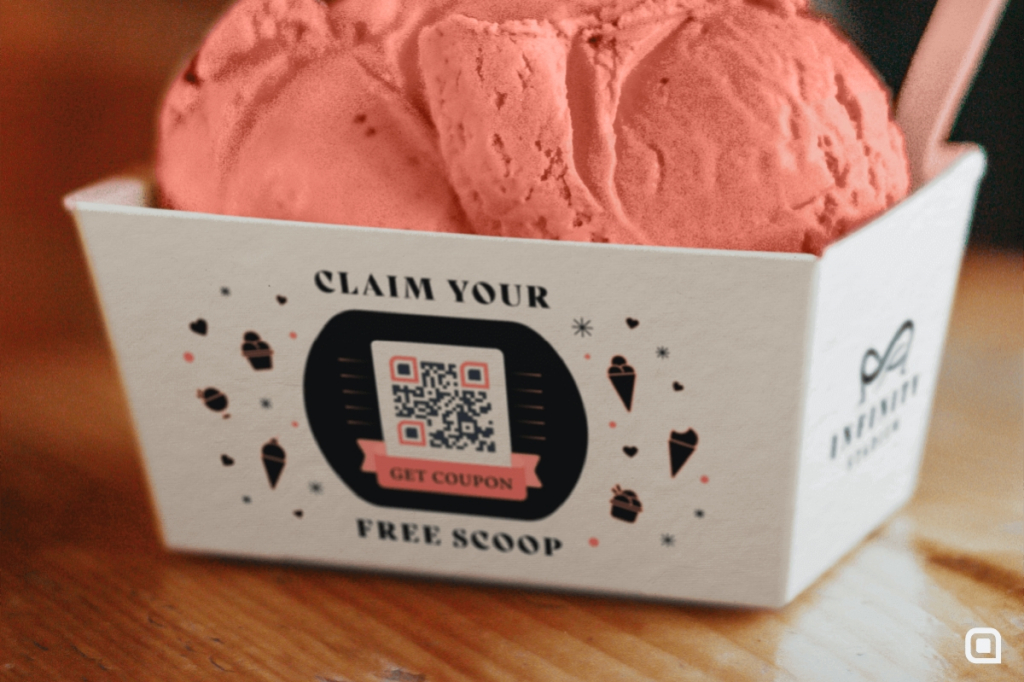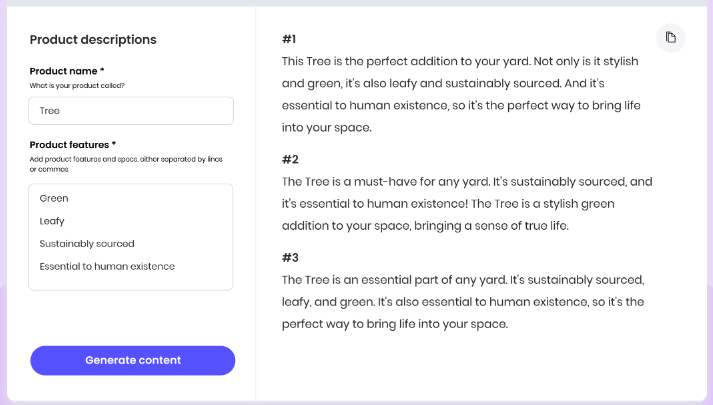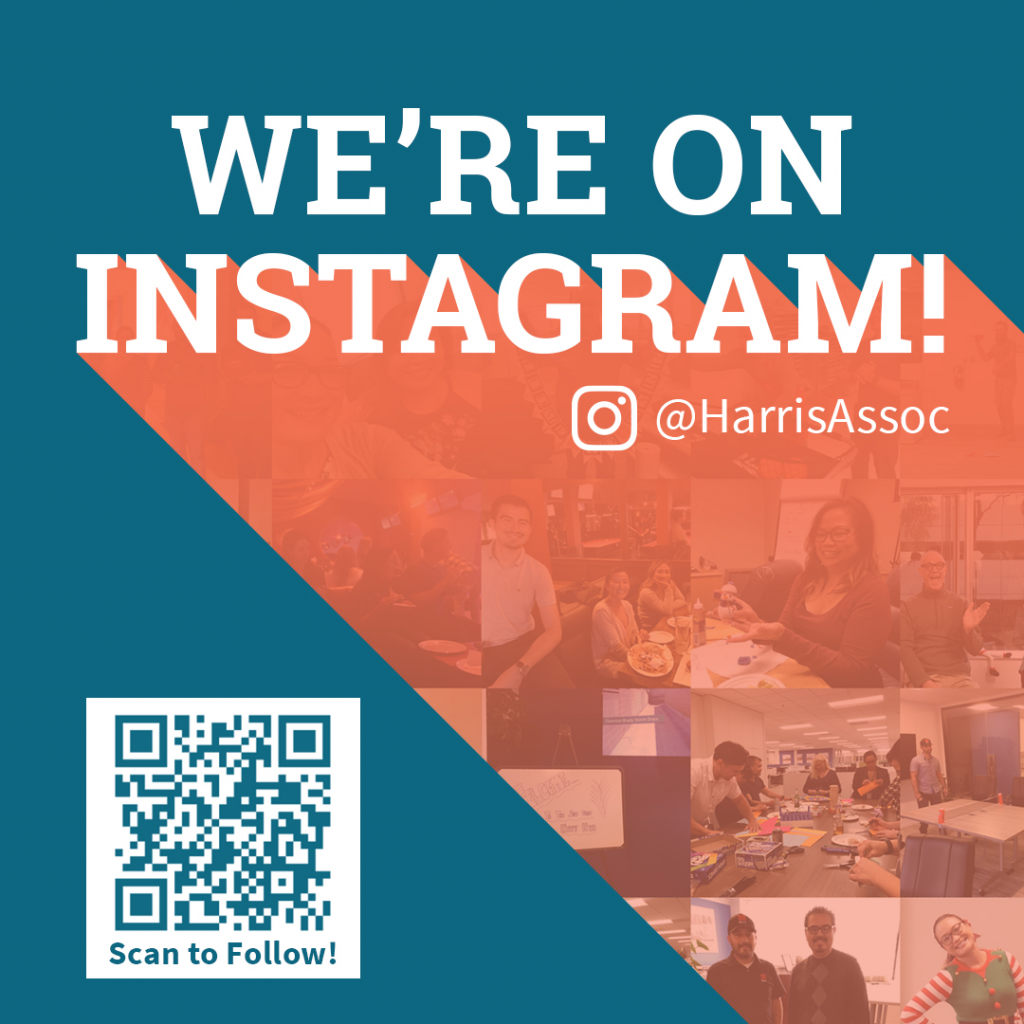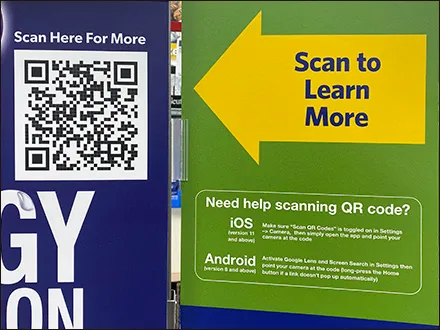Have you ever seen a small, square-shaped code on a poster or product packaging? That’s a QR code. QR codes are everywhere these days, and they’re a great tool for business owners like you to use in their marketing efforts and for other purposes.
In this article, you’ll learn the benefits of using QR codes, how to create and design them, and the best practices for using them in your business.
Contents:
1. Benefits of using QR codes in business
2. Creating and designing QR codes
3. Using QR codes for product promotion
4. Using QR codes for marketing campaigns
5. Using QR codes for customer engagement
6. Best practices for using QR codes
7. Addressing security and privacy concerns
Benefits of using QR codes in business
If you’re looking for an easy-to-use and cost-effective tool to promote your business, then QR codes may be just what you need. With a smartphone camera, you can easily scan QR codes, so they’re accessible to anyone. This also means that you can use QR codes to reach a wide audience without requiring them to download any additional apps or use special devices.
QR codes are not just easy to use. You can also integrate them into traditional marketing methods like ads on print materials or TV commercials to promote your products or services.
It’s also a great idea to incorporate QR codes in e-сommerce, social media, or SaaS content production. You can direct them to your About Us page, to relevant product pages, or feedback surveys. With QR codes, you can track customer behavior. You can learn how many people scanned the code, where they were when they scanned it, and what actions they took after scanning it. This data can help you refine your marketing efforts and improve your overall strategy.
Finally, QR codes are versatile and can be used for a variety of purposes. You can use QR codes to promote your products and engage with customers. For example, you can include a QR code on a product package that links to a product demo or a discount offer. You can also use QR codes on your business cards so it’s easy to network with other professionals or potential clients.
Creating and designing QR codes
Creating and designing QR codes for business is a relatively straightforward process. You can do this with a simple QR code generator. This tool can help you create custom QR codes. This way, you can use your code for a range of purposes—for instance, on your digital business card for sharing your contact information with clients or for promoting your products and so on.
To get started with creating a QR code, you’ll first need to select the type of information you want to encode. This can include things like blog posts, videos, booking pages, and more. Once you’ve decided on the information you want to include, simply enter it into the QR code generator. Double-check your entries for accuracy and completeness before generating the code.
When designing your QR codes for business, make sure it’s clear and easy to scan. Avoid using too many colors or complicated designs. This can make it difficult for some smartphones to read the code. Instead, opt for a simple, clear design like the example below. The design makes it easy for users to scan the code and access the information you’ve encoded.

After designing your QR code, go ahead to test it on a variety of smartphones and QR code scanning apps. Doing this will ensure that your customers can access the information you provide without any issues.
Using QR codes for product promotion
Using QR codes for product promotion can be a highly effective marketing strategy. One of the key benefits of QR codes is their ability to link physical products to digital content, making it easy for customers to access additional information about a product or brand.
By including a QR code on your product packaging or in your marketing materials, you can provide customers with a convenient way to access videos, reviews, or other content related to your products.
Here’s an example:

When using QR codes for product promotion, it’s important to make sure that the content you’re linking to is relevant and valuable to your customers. This could include product demonstrations, reviews, or even user-generated content. Whatever you choose, make sure it’s something that will enhance the customer’s experience. Provide them with a reason to engage with your brand. You can also use a product description generator like Writer to create more engaging product content.

Just plug in your product specifications, and the tool will generate the content for you.
Using QR codes for marketing campaigns
When it comes to marketing campaigns, it’s important to find creative ways to engage with customers. QR codes can be a valuable tool in your marketing arsenal, offering a quick and easy way to connect with customers.
By including a QR code on a poster, flier, and even in online promotional materials, you can direct customers to a landing page with engaging content. This, in turn, persuades them to take a desired action like buying a product, subscribing to a newsletter, etc. It can be a great way to drive conversions.
Additionally, QR codes for business can be used to promote discounts or special offers to customers. For example, you might include a QR code on a coupon or promotional flier that customers can scan to access a discount code or special offer. You’ll be able to boost your marketing efforts.
For example, Burger King created a QR code video commercial for their 2-for-5 promo.
You can also use QR codes to gather customer information like email addresses or phone numbers. Just use the QR code to direct customers to a form or survey. This can be a useful way to build your email list for marketing campaigns.
Using QR codes for customer engagement
Customer engagement can help you build stronger relationships with customers and ultimately drive sales. Engaged customers are more likely to make repeat purchases, refer their friends and family to the business, and leave positive reviews. Also, according to research by Gallup, businesses that effectively engage their B2B customers have a 63% lower customer attrition rate.
By using QR codes to engage customers, you can increase your brand awareness and improve your customer journey.
You can drive customer engagement with QR codes by directing new customers to your web content or social media platforms like Harris & Associates in the example below:

The customers will get to see the useful content and business updates you post which they’ll eventually engage with. If you run a membership-based organization, you can also add social media QR codes to your physical or digital membership card so that members can interact with you on your social networks.
QR codes for business can also be used to gather customer feedback. For example, you might include a QR code on a customer satisfaction survey. This survey, in turn, directs customers to an online survey where they can provide feedback on their experience with your business.
Best practices for using QR codes
If you want to ensure that your QR code for business meets your goals, there are a few best practices you should follow.
First and foremost, it’s essential to test your QR code before publishing it. This will help you identify any issues and ensure the code is scannable. You can test your QR code by using a smartphone with a QR code scanning app.
You should also make sure the QR code is large enough to scan easily. If you create visualizations that are too small, it may be difficult for some smartphones to read. As a general rule of thumb, your QR code should be at least 2 cm x 2 cm in size.
To ensure that customers know how to scan your QR code, provide clear instructions. You can do this by including a brief explanation as seen below:

You can also specify other information, such as what particular code scanner or internet connection to use.
Finally, it’s important to use QR codes the right way. They should add value to your marketing efforts. Using too many codes can be overwhelming for customers, and can make your marketing efforts seem spammy. Instead, focus on using QR codes that serve a purpose, for instance, to provide customers with exclusive content or offers that they can’t find elsewhere.
Addressing security and privacy concerns
QR codes can be a potential security risk if they’re not used properly. Hackers can create fake QR codes that link to malicious websites or apps. Customers may also have some privacy concerns in cases where they have to give out their personal information to access your product.
When using QR codes for marketing or promotional purposes, you need to ensure that the codes are secure for your customers to use. Here are some things to keep in mind:
- Use a reputable QR code generator. Do some research and choose a generator that is reputable and has good reviews.
- Use a secure URL. The destination URL encoded in the QR code should be secure and should begin with “https://”. This will give users the assurance that the data transferred between the user’s device and the server is encrypted. You also want to ensure that your site has an SSL certificate.
- Test the QR code. Before sharing the QR code with your customers, test it thoroughly to make sure it’s working as expected. You can use a QR code reader app to test it and ensure it leads to the intended destination.
- Limit the amount of data stored in the QR code. Only store the necessary data in the QR code, such as a link to a website or contact information. Don’t store sensitive or personal data, such as credit card numbers or passwords.
- Add a link to your privacy policy page. It will explain to customers how you use the information they share with you.
By following these best practices, you can ensure that the QR codes you create are secure and trustworthy for your customers to use.
In closing
QR codes can be a powerful tool for businesses to engage with their customers, promote their products, and gather valuable information. By incorporating QR codes into your marketing and customer engagement efforts, you can drive conversions, build your email list, and measure the success of your campaigns.
Specific QR code uses include offering exclusive content or rewards, linking to your website or social media accounts for increased reach, among others.
When using QR codes, it’s important to follow some best practices you learned from this article, such as test your codes before publishing them, ensure they are large enough to scan easily, provide clear instructions on how to scan them, etc.
Overall, QR codes offer businesses a versatile and effective tool for marketing and customer engagement. By incorporating them into your strategy and following best practices, you can maximize their potential and reap the benefits for your brand.

%20(1).png)





